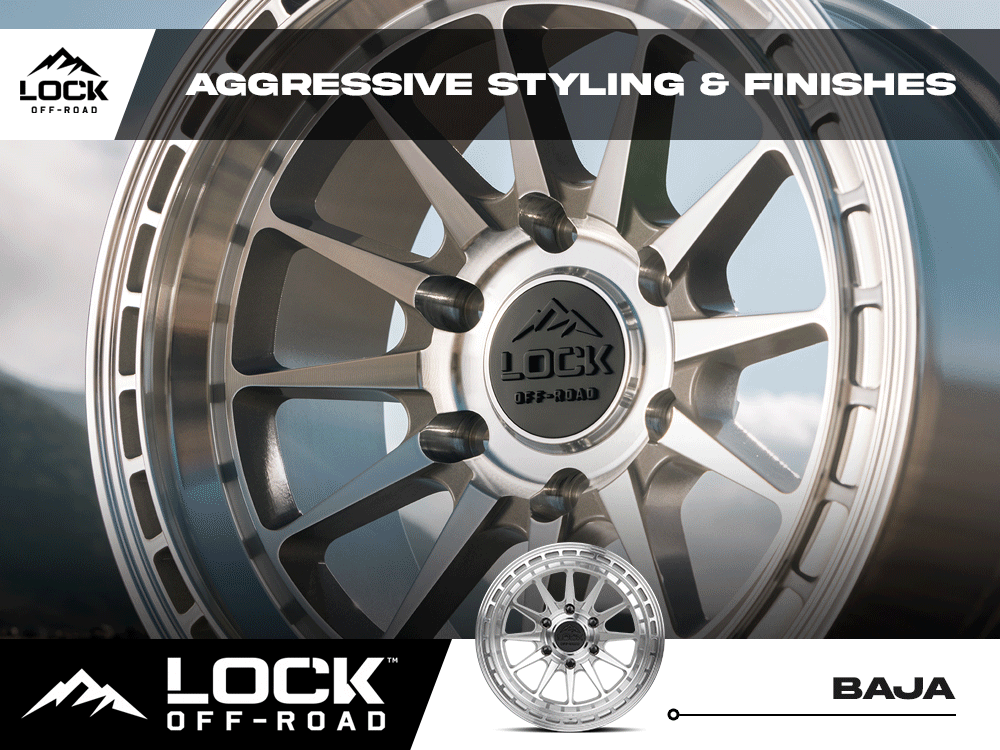Rivian Mom
Member
- Joined
- Oct 20, 2024
- Messages
- 148
- Reaction score
- 24
- Rivian
- R1S
I decided during my last rotation that I was done with lifting the wheels, especially the part where you sit while simultaneously lifting the wheel and trying to get the lug studs aligned. Not great for my back and knees. I was using the integrated bottle jack/jack stand method, which works well, but has a few things about it that gave me pause. First, you only get discrete levels of lift which make it a bit less flexible for using with a tire dolly (more on that later). Also, despite the 3 ton rating, the extension and jack felt like it was at the end of it's usable limit and during lift, it tended to shift/bend to a point it was marginally scary.

So, I went with a floor jack/tire dolly method this time. This was quite a bit easier. First, the floor jack is easier to setup because no precise positioning of the puck is needed, and only one puck is needed for both front and back rather than the stacked pucks I used in back before. This Daytona model is pretty awesome, a few pumps gets it high enough and the wheels keep it aligned during it's full range of lifting. The tire dolly is the best part because once positioned on the loosened tire, one click (lift) of the foot pump is enough to unload the wheel allowing it to come right off as you back up the dolly, then you can move the wheel and dolly out of the way and retrieve your replacement the same way.
The really cool part is positioning the new wheel. The dolly allows you to rotate the wheel to align with the studs and the fine height adjustment of the floor jack allows easy, precise alignment. A quick push up or down on the dolly lift mechanism can also be used.
The entire process went quick and I never had to lift any wheels off or into place. The dolly is normally used for moving/positioning cars in a workshop (when 4 are used) but you can purchase these individually, and there are cheaper versions that probably work as well for this.

Note: Don't forget to mark the wheel location so you can do your cross/rotate next time around!

So, I went with a floor jack/tire dolly method this time. This was quite a bit easier. First, the floor jack is easier to setup because no precise positioning of the puck is needed, and only one puck is needed for both front and back rather than the stacked pucks I used in back before. This Daytona model is pretty awesome, a few pumps gets it high enough and the wheels keep it aligned during it's full range of lifting. The tire dolly is the best part because once positioned on the loosened tire, one click (lift) of the foot pump is enough to unload the wheel allowing it to come right off as you back up the dolly, then you can move the wheel and dolly out of the way and retrieve your replacement the same way.
The really cool part is positioning the new wheel. The dolly allows you to rotate the wheel to align with the studs and the fine height adjustment of the floor jack allows easy, precise alignment. A quick push up or down on the dolly lift mechanism can also be used.
The entire process went quick and I never had to lift any wheels off or into place. The dolly is normally used for moving/positioning cars in a workshop (when 4 are used) but you can purchase these individually, and there are cheaper versions that probably work as well for this.

Note: Don't forget to mark the wheel location so you can do your cross/rotate next time around!




